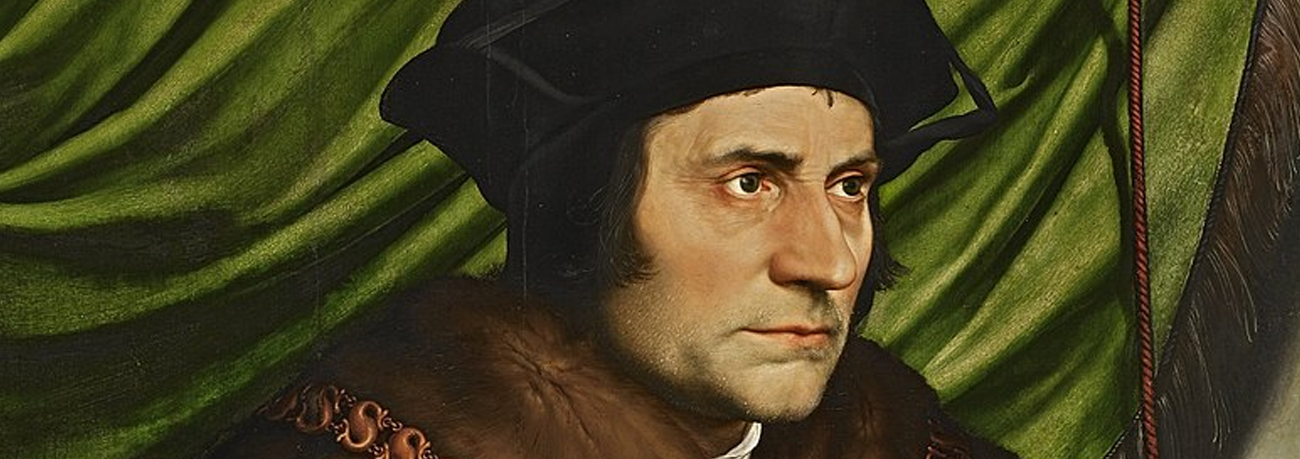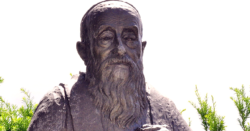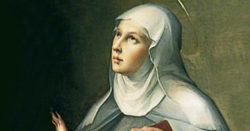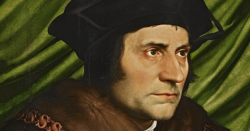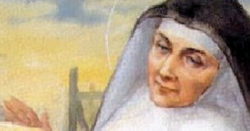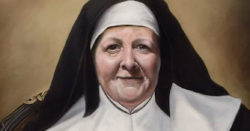Name That Saint: St. Thomas More
A Man for All Families
 St. Thomas More (1478 –1535) is well known for his opposition to King Henry VIII’s separation from the Catholic Church and subsequent annulment with Catherine of Aragon. This has been portrayed poignantly in the 1966 movie, “A Man for All Seasons.” However, many Americans aren’t aware that he had discerned a vocation to the priesthood, educated his daughters equally with his son, or resigned as Chancellor of England, in large part, to protect his family.
St. Thomas More (1478 –1535) is well known for his opposition to King Henry VIII’s separation from the Catholic Church and subsequent annulment with Catherine of Aragon. This has been portrayed poignantly in the 1966 movie, “A Man for All Seasons.” However, many Americans aren’t aware that he had discerned a vocation to the priesthood, educated his daughters equally with his son, or resigned as Chancellor of England, in large part, to protect his family.
Thomas was the second of six children born to devout Catholic parents. His father was prominent and could afford to educate Thomas at one of London’s finest schools, St Anthony’s at Threadneedle Street; later he transferred to Oxford. After returning home to study law, he seriously considered becoming a Carthusian priest. Living close to the Carthusian monastery outside of London, St. Thomas joined the monks in prayer frequently; some sources say he actually moved into the community. Although he realized that he wasn’t called to become a monk, his experiences with the Carthusians deeply affected him. For the remainder of his life, he maintained the ordered life and ascetic practices he learned from them: rising early, praying, reading Scripture and spiritual books, fasting, and even wearing a hair shirt.
In 1504, he entered Parliament and shortly thereafter married his first wife, Joanna (Jane) Colt. Although he’s the patron saint of difficult marriages, attorneys, and politicians, his marital patronage is due to the difficult marriages of King Henry VIII, not his own. Both of Thomas’ marriages were happy ones. It’s written of Joanna that she was gentle and loving. Unfortunately, she died young, possibly in childbirth, leaving St. Thomas alone with four children. Thomas then married Alice Middleton, a widow who was eight years older than he and had a daughter from her marriage. Later in his life, Thomas wrote about both of his wives with such affection, it was clear that he loved each of them uniquely and deeply.
In raising his children, Thomas created a home school, planned the curriculum, educated his daughters exactly as he did his son (which was quite innovative for the time), expected them all to work hard, and praised them when they did well. His eldest daughter, Margaret, learned to read when she was three years old and, as she grew older, became adept in Latin and Greek. She later became a translator and writer and had the reputation as one of the most learned women of her time.
While in service of the Crown, Thomas was loyal to King Henry VIII, who knighted him in 1521. That was the same year King Henry published his Defense of the Seven Sacraments, which refuted Martin Luther’s position. It is claimed that Thomas even helped edit the King’s work. Ironically, King Henry VIII was granted the title “Defender of the Faith” by Pope Leo X for this piece. Two years later, at the King’s request, Thomas wrote a harsh rebuttal to Martin Luther’s attack on the King.
During the tumultuous period when King Henry decided to divorce Catherine of Aragon, remarry Anne Boleyn, and establish the Church of England, Thomas resigned as Chancellor. He breathed not a word to anyone about his opinions on these matters because he did not wish to openly defy the King—and just as important, he wanted to protect his family. Unfortunately, the King was threatened by his silence. He pressured Thomas to sign the Oath of Supremacy, which stated that “in [his] Conscience” Thomas would declare the King as the only “Supreame Governour of this Realme” and renounce all other “Jurisdictions, Powers, Superiorities, or Authorities,” which was a clear rejection of the Pope and the Catholic Church.* Thomas refused and was charged with the crime of treason, which was punishable by torture and death.
While spending 14 months in the Tower of London awaiting his trial, Thomas prayed and wrote letters to his family. He knew what lay before him, and in an act of intense prayer, he wrote his final book, “The Sadness of Christ,” where he puts these words into Jesus’ mouth:
“O faint of heart, take courage and do not despair . . . See, I am walking ahead of you along this fearful road. Take hold of the border of my garment and you will feel going out from it a power which will stay your heart’s blood from issuing vain fears and will make your mind more cheerful, especially when you remember that you are following closely in my footsteps.”
While in his prison cell, Thomas also learned that the Carthusians (from the monastery where he had discovered the beauty of prayer and an ordered life) were brutally tortured and killed at Tyburn. Thomas was still wearing his hair shirt.
———
St. Thomas More was beheaded on Tower Hill on July 6, 1535. His last recorded words were, “I am the King’s good servant – but God’s first.”
*emphasis is the author’s
Get InSPIREd!
Sign up below and receive our monthly inspirational Newsletter dedicated to Mary!

